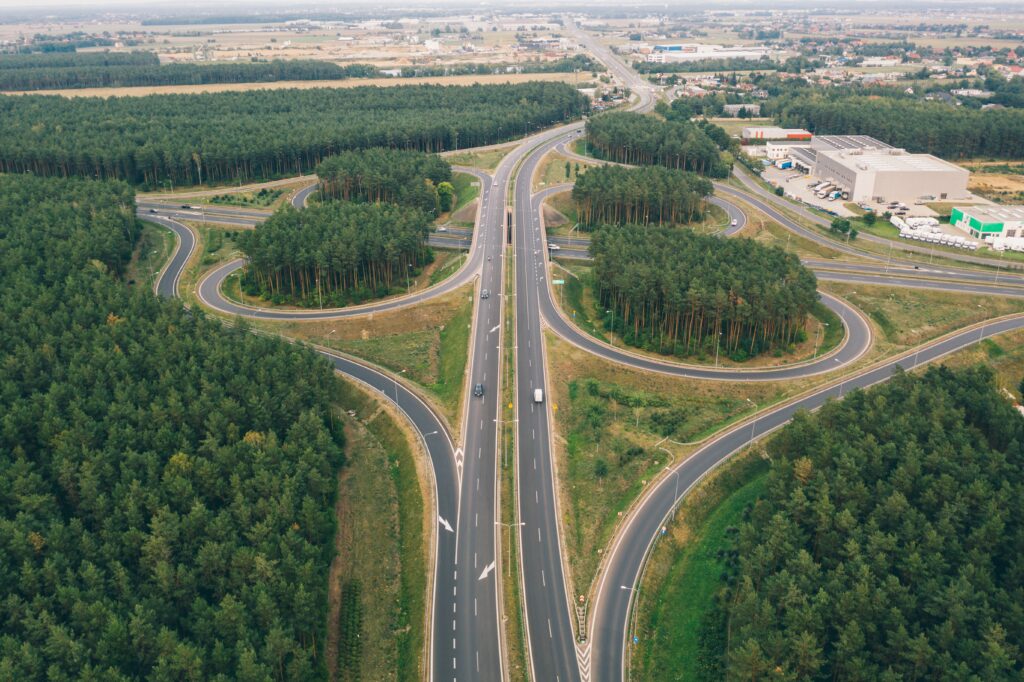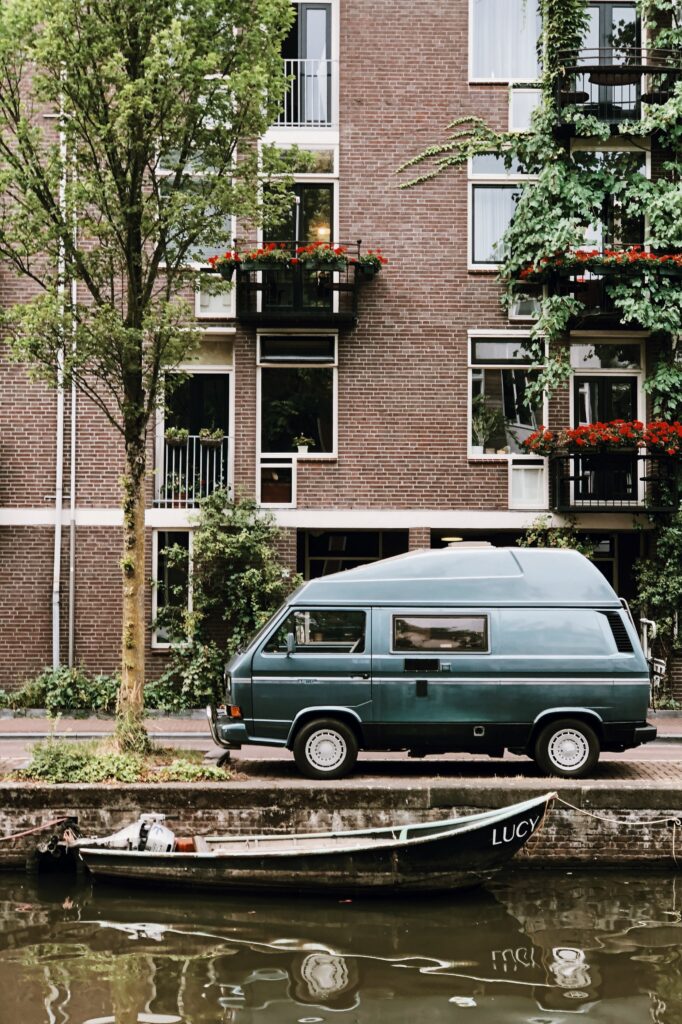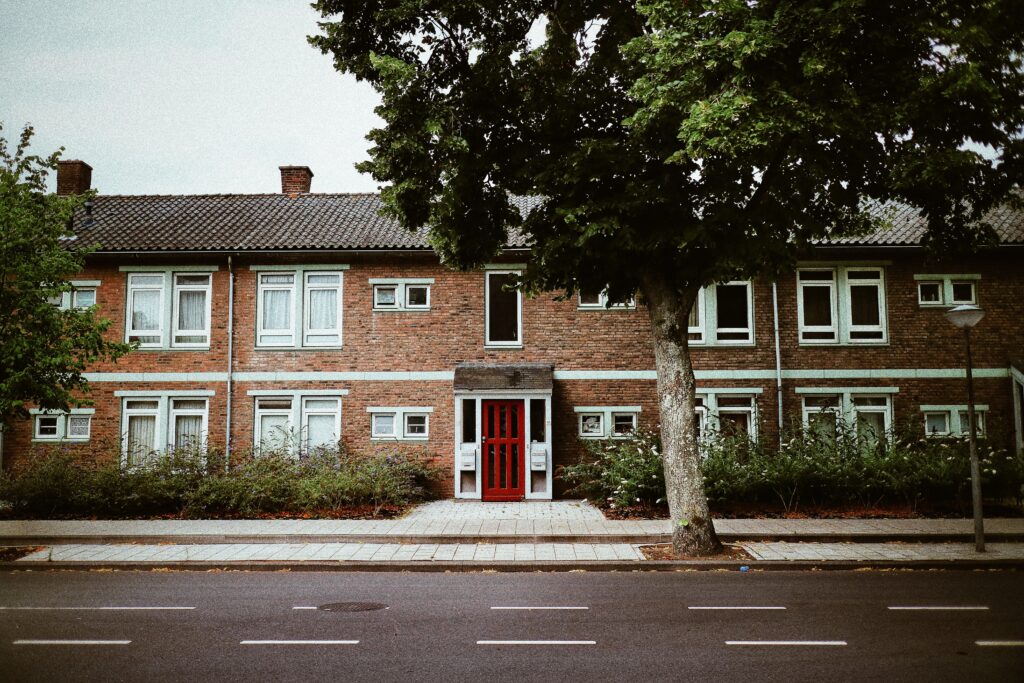There are a lot of important decisions to make when you're preparing to move to another country for an extended period, and if you're tempted by the hustle and bustle of a big city, it can be even harder. Not only does the flow of people and cars make it more time-consuming to get from one place to another, but it also makes it harder to find a place to live. Moving is another challenge, and often the most optimal tool to achieve this mission is your own car. Not sure where to start? Here are some tips that will be useful not only for preparing for life in the Netherlands, but also for travelling around the country in your own car.
Driver's Note: 10 things to know before getting behind the wheel in Holland
- Unless signs say otherwise, the speed limit is 50 km/h in a village, 80 km/h in the countryside, 100 km/h on a motorway and 130 km/h on a motorway.
- Always follow the signs carefully before entering a roundabout – unlike in Lithuania, the Dutch do not always give the right of way when exiting a roundabout.
- Bicycles and mopeds always have the right of way, so pay attention to the traffic. Be especially aware of mopeds – although they are not allowed to use the cycle lane, this rule is often ignored.
- When driving through a settlement, you should only use your horn in case of extreme danger. If you are driving at night, just flash your lights.
- Many car drivers belong to ANWB, a drivers’ organization that can cover the cost of repairing their car.
- There is no charge for driving on public roads in the Netherlands. The exceptions are tunnels, where there is a one-off charge.
- And it’s not just when you see a speed camera sign that you should be alert, as the Dutch have long since “domesticated” the average speed measurement system, which is still being tested in Lithuania. It is installed on 12 of the country’s main motorways and works over long distances.
- If your average speed is higher than the maximum speed limit, you could be fined for speeding.
- The fine can be paid directly to the police officer at the scene of the offense.

In Amsterdam and other densely populated Dutch cities, it is often difficult to find a free parking space. To solve this problem, large P+R car parks have been set up in the suburbs and outskirts of major cities near public transport stops. It’s easy to use – just park your car further away from the city centre and travel comfortably by public transport, as the parking fee already includes a ticket to and from the city centre. You will probably pay around €8 for this service. For a list of such parking lots and transport routes, see the ANWB website (in Dutch).A driving license issued in the EU countries is valid for the same period in the Netherlands – usually 10 years from the date of issue. However, if you live in the Netherlands for at least 185 days a year, you can exchange your document for a Dutch one, which will be considered as proof of your identity.
Once you have brought your own car to the Netherlands, you must register it with the responsible Dutch authority within 6 months. In addition, your car must pass a roadworthiness test. Dutch car owners pay road tax every three months. To buy car insurance in the Netherlands, unlike in other countries, you need a residence permit. Once you have registered your car with the responsible office, simply choose the insurance company you want, select the insurance plan you want and pay the applicable fee.

Features of renting an apartment/room
Dutch employers often try to accommodate the needs of workers coming from abroad by offering to rent a prearranged room or apartment. However, if no such offer is made, finding a place to live can be a hassle. Although the Dutch speak good English, not everyone in the country who has a spare apartment or room is willing to accommodate foreign workers, especially if the rental is negotiated over the phone and the prospective tenants are not expected to be seen until the day of the move-in. Another problem when looking for accommodation in a big city is the ‘unaffordable’ rent. According to the latest statistics, renting a one-bedroom apartment in the suburbs of Amsterdam will cost at least €700 each month (a little less in smaller cities), and around €150 for other services (internet, electricity, water, rubbish collection, etc.).

In addition, while the Dutch can easily contact apartment associations to find out about available apartments, the easiest way for people coming from abroad is often through rental agencies, which charge an extra one month’s rent to find a place to live. The rent also depends on the apartment’s amenities, so it is important to remember the three Dutch terms when looking for a place to live:
- Ongemeubileerd (unfurnished). You won’t find carpet, curtains or appliances in such an apartment. You’ll probably have to buy all the little things yourself – door handles, a shower head, lampshades, hooks and even a toilet lid. You can usually expect to find accommodation in this condition when looking for social housing.
Recommended App:
- Gestoffeerd (partially furnished). In this type of accommodation you can expect to see some flooring such as laminate or carpet, basic appliances (you probably won’t even find an oven in the apartment anyway) and, in some cases, curtains. You will have to make some extra investment and work to make it cosy, but you can make it your own.
- Gemeubileerd (furnished). This means that you will find all the equipment and appliances you need in the apartment – you just need to fill the drawers and shelves with your own things.

 English
English  Lietuvių
Lietuvių  Latviešu
Latviešu  Polski
Polski  Português
Português  Română
Română  Slovenčina
Slovenčina  Magyar
Magyar  Русский
Русский  Espanol
Espanol  България
България  Čeština
Čeština  Italy
Italy  Croatia
Croatia  Greek
Greek 

